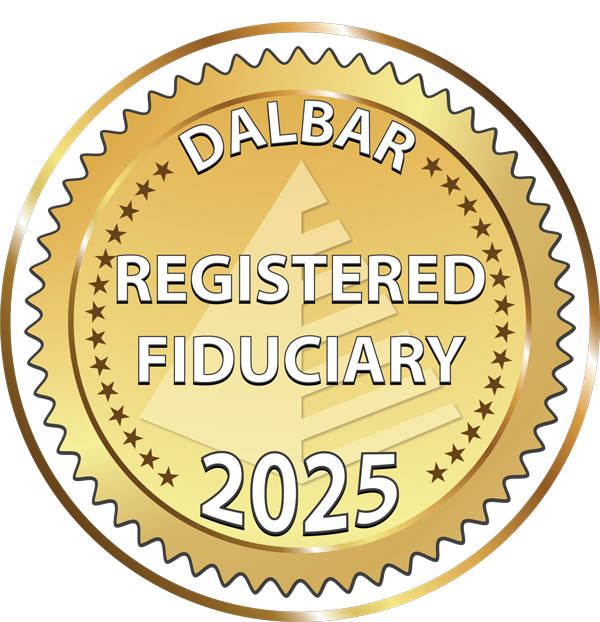Some Good, Some Bad
The equity market and the fixed income market both added to their year-to-date gains during the third quarter. Rapidly deteriorating employment data encouraged the Federal Reserve to cut interest rates during the quarter, despite the inflation rate remaining above its target. Economic data in September suggests GDP is growing faster than expected, leading many economists to question the need for further rate cuts. Stocks and bonds both rallied after the rate cut, with the hope that economic growth will continue and inflation will subside.
The Federal Reserve is currently in a very challenging position. Economic data is all over the place. Higher inflation and economic growth that exceeds expectations would suggest keeping interest rates steady or increasing them. The disappearance of new job growth would normally call for rate cuts. When you add increased political pressure and media coverage, the job becomes even more difficult. In addition to the employment problems, the economy is also experiencing a substantial decrease in year-over-year average hourly earnings, as well as four straight months of manufacturing job losses. Despite the low rate of new job creation, the unemployment rate, while higher than it was two years ago, is still quite low relative to historic averages. It is definitely a mixed bag of economic data.
Small-cap stocks, as measured by the Russell 2000 Index, closed at an all-time high during the third quarter, the first all-time high for this index since March 2021. This was the second longest streak without a new high in the index’s history, behind only the bear market following the dot-com market bust. It is also worth noting that the price-to-sales ratio of the S&P 500 is at its highest level since 1990 and is double its average for the past 35 years. It is also more than a point higher than its peak during the dot-com bubble in March 2000. Current market valuations, by all measures, are extremely high and are unsustainable at these levels.
The current stock market rally consists of a relatively small number of stocks that are doing very well, while the broader market is flat. Markets like this can mask economic problems and make it seem that things are better than they are. The employment slowdown may be temporary, but investors will be keeping close watch on what happens between now and the end of the year.
Since 1928, the S&P 500 has risen in the fourth quarter 74% of the time, the most of any quarter. Fortunately, the extreme volatility earlier in the year has improved, and market movements have been more measured. For investors, 2025 has been a very interesting year.
Wabash Capital








